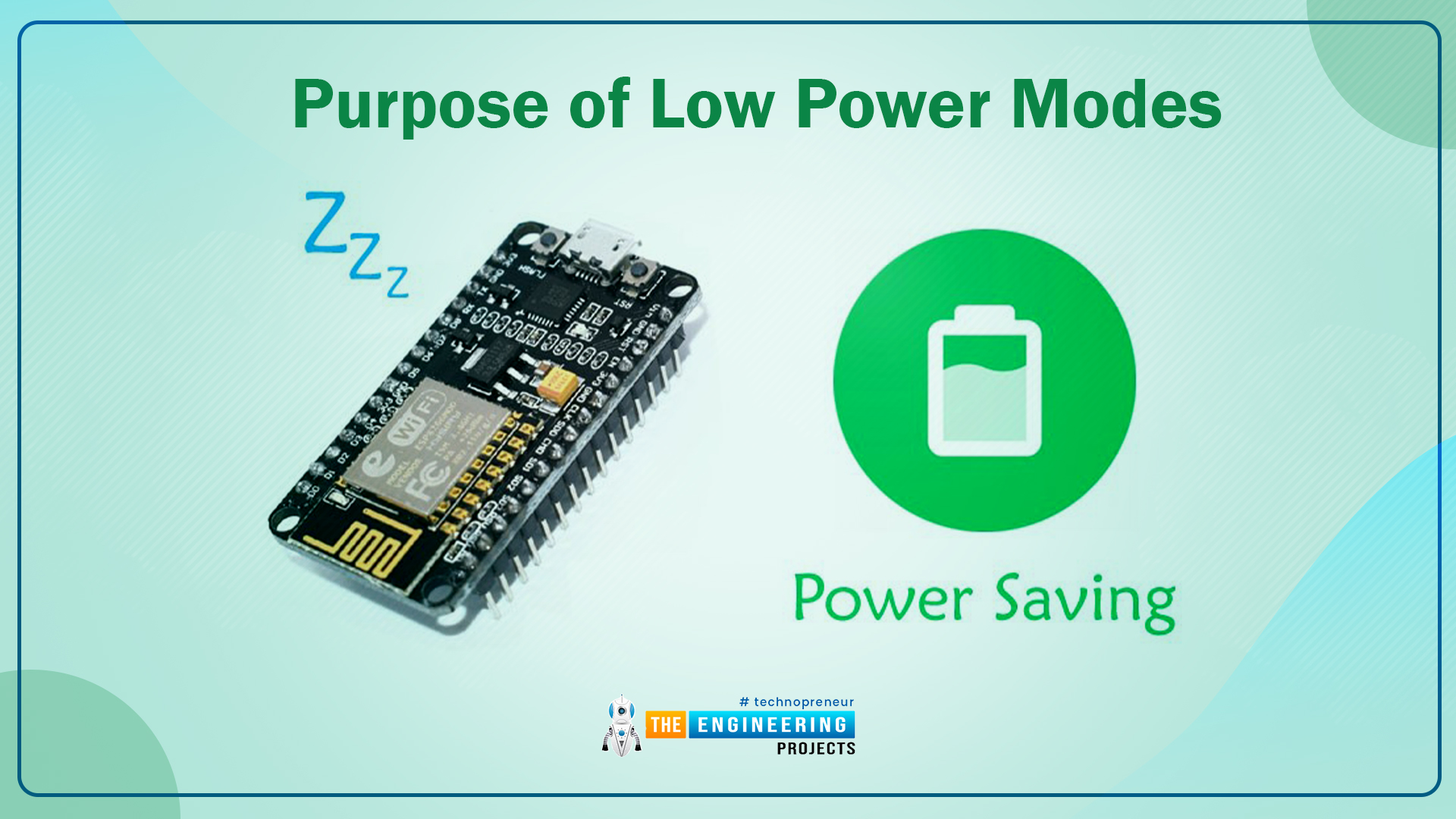
Best way to write low-power code for ESP32?
If you’re looking to optimize the power consumption of your ESP32 device, it’s important to write code that is efficient and minimizes unnecessary power usage. In this article, we’ll explore some of the best practices for writing low-power code for the ESP32.
1. Use Deep Sleep Mode
One of the most effective ways to save power on the ESP32 is to utilize the deep sleep mode. This mode allows the ESP32 to shut down most of its components and enter a low-power state, drastically reducing power consumption. By using deep sleep mode effectively, you can extend the battery life of your device significantly.
2. Optimize Your Code
When writing code for the ESP32, it’s important to optimize it for low power consumption. This means avoiding unnecessary loops, minimizing the use of delay functions, and utilizing efficient algorithms wherever possible. By writing clean and efficient code, you can reduce the power usage of your device.
3. Use Low-Power Libraries
There are several libraries available for the ESP32 that are specifically designed to help you optimize power consumption. These libraries include functions for managing power modes, disabling unused peripherals, and implementing power-saving techniques. By leveraging these libraries, you can simplify the process of writing low-power code.
4. Manage Peripheral Usage
Another key aspect of writing low-power code for the ESP32 is to carefully manage the usage of peripherals such as WiFi, Bluetooth, and sensors. By turning off these peripherals when they are not in use, you can significantly reduce power consumption. Additionally, consider using lower-power alternatives or optimizing the use of these peripherals to further enhance power efficiency.
5. Test and Iterate
Once you’ve implemented low-power code for your ESP32 device, it’s important to thoroughly test and iterate on your code to identify any potential areas for improvement. By monitoring power consumption and making adjustments as needed, you can optimize the efficiency of your device and maximize battery life.
Conclusion
Writing low-power code for the ESP32 is essential for maximizing battery life and optimizing the performance of your device. By following the best practices outlined in this article, you can effectively reduce power consumption and create more efficient devices. Remember to utilize deep sleep mode, optimize your code, use low-power libraries, manage peripheral usage, and test and iterate on your code to achieve the best results.
Was this helpful?
0 / 0